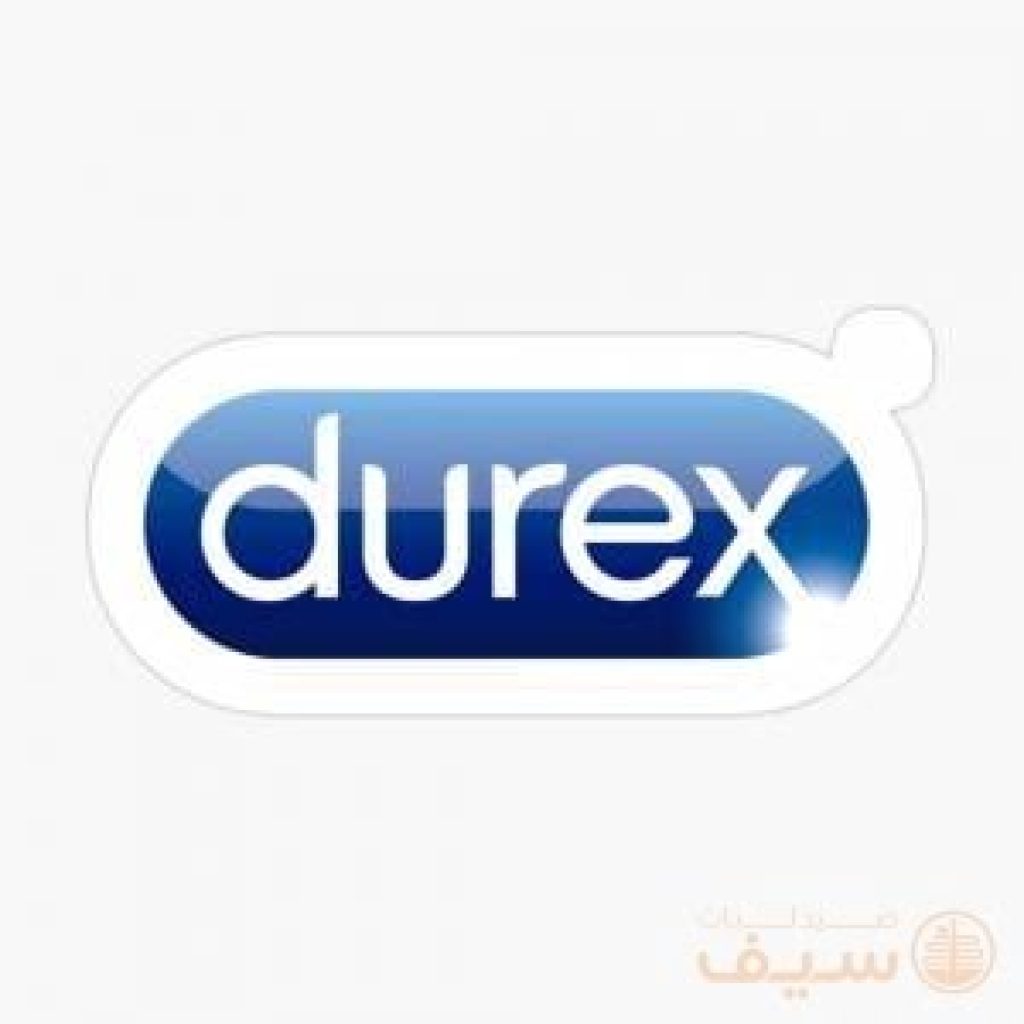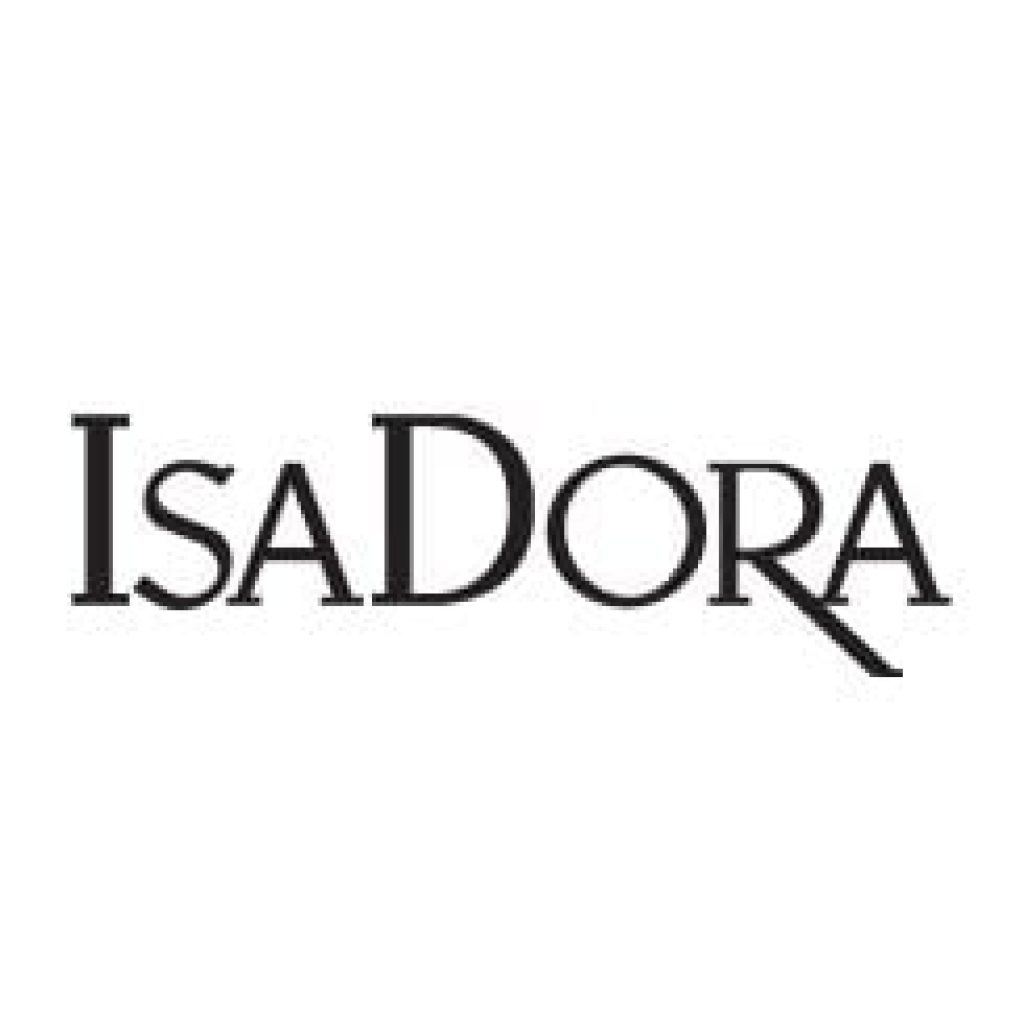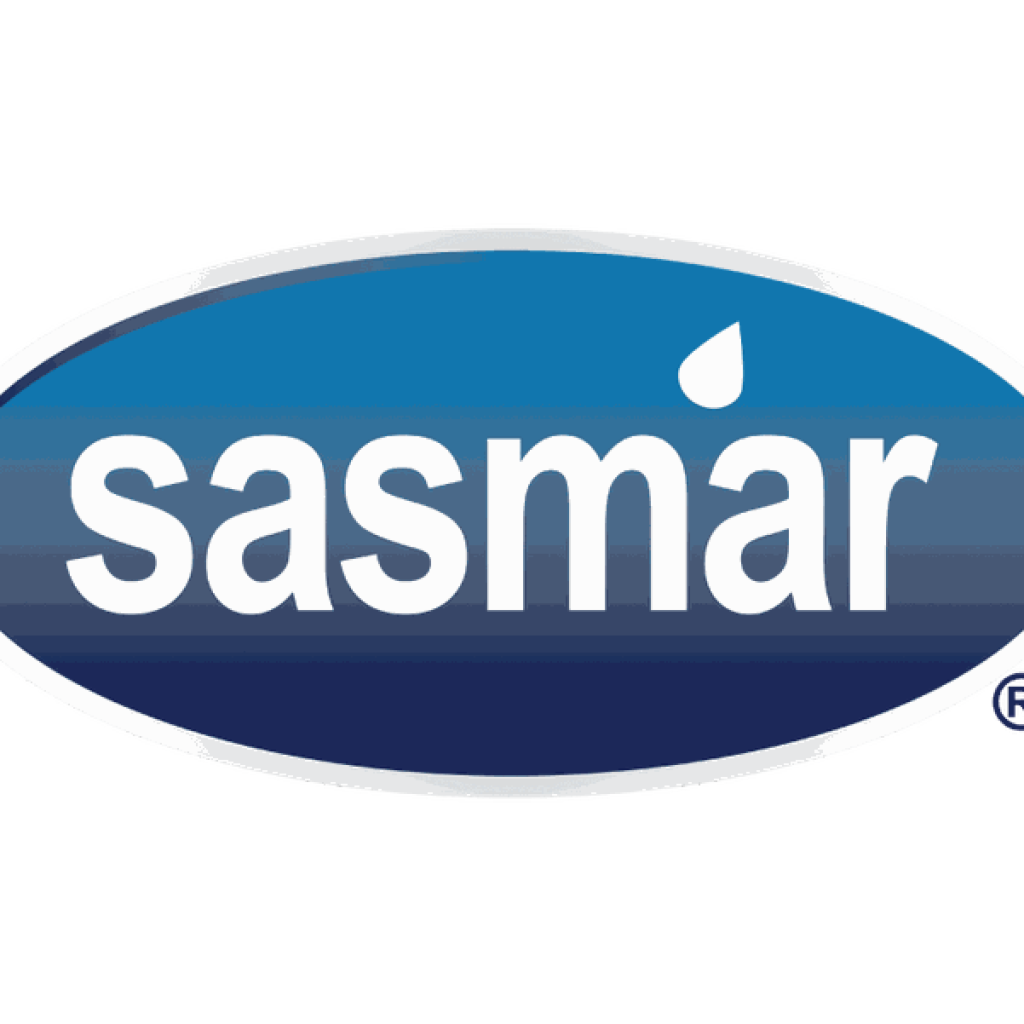No products in the cart.
Uncategorized
How to write an effective memo: Format with examples LogRocket Blog
It’s clear and concise, with short paragraphs that get to the point. The message sticks to the point—only including information that is relevant to the upcoming sales conference. Effective internal communication is the backbone of any successful organization. https://accounting-services.net/ It enables teams to collaborate, share ideas, and work towards common goals. If you’re new to writing memos, use one of Microsoft Word’s memo templates. There are over 15 different memo options; select one appropriate for your assignment.
If your memo is more than one page, you should have a summary to wrap up your points. It may also be helpful to include the business phone number or email address of someone who can address any follow-up queries. BuildFire also lets you set up other integrations and features that are specific to your organization’s needs. Whether you need to create custom workflows or automation, BuildFire can help.
And remember to stay away from unnecessary jargon that may confuse your readers. It can be challenging to get started writing without a memo example. If you’re sending your memo via email, these additional attachments can be added to your email. If you send your memo as a letter or fax, include these after the last page of your memo document. You can include a summary or attachments with your memo if you need to. Summaries help recipients more easily digest the information you’ve shared.
It has come to our attention that [describe the issue and its impact on the company or employees]. This type of memo raises awareness about a specific issue affecting the company, a department, or a specific project. Besides highlighting the problem, it may also suggest potential steps to address it, encouraging proactive problem-solving within the organization.
- [employee name]’s efforts reflect positively on the entire team and contribute to our overall success as a company.
- Use a memo as a tool only when you have that kind of information to publish.
- It relates to your ability to provide a lot of information clearly and without superfluous detail.
- End with a brief summary of the main points or a restatement of the most critical action items.
- A request memo formalizes a need for resources, feedback, or approval.
- A memo is a concise but informal communication within an organization to disseminate an official message.
This provides context, orients your readers, and ties your current communication to past events or actions, offering a holistic understanding of the situation at hand. Memos should always be professional and polite—regardless of the topic you’re introducing. Keep it brief, direct, and clear and include only necessary information. Make sure you address the reader by his or her correct name and job title. You might call the company president “Maxi” on the golf course or in an informal note, but “Rita Maxwell, President” would be more appropriate for a formal memo. For example, “Clothes” as a subject line could mean anything from a dress code update to a production issue.
I edited it to remove actual feature names and call them just Features A and B, changed the actual dates to current ones, and added marker text in bold for you to identify each section. I also added headers to show you more formal information, even though it was an email I sent to the sales department. Sending an electronic memo to groups of employees is beneficial because it gives them a centralized location to view company details. Everyone receives the same information at the same time instead of hearing it through the grapevine. Proofread your memo and use spell-checking software, like Grammarly or the native Google Docs or Microsoft Word spell check, before finalizing it. If the memo contains sensitive or complicated information, such as announcing budget cuts, it’s a good idea to ask for an extra set of eyes to review the memo for accuracy and tone.
Outline what you need and explain why it’s important to the success of the project or task. Be courteous and express gratitude for any consideration given to your request. For announcing a policy change within your organization, a policy change memo is necessary. Start by stating the purpose of the memo and clearly mention the policy being updated or replaced. Describe the reasoning behind the change and outline the new policy. Provide a timeline for when the new policy will be effective and whether there will be a transition period.
How do you compose a memo? What are the parts? What does it look like?
Be sure to swap the sample information in the memo with your own content. Some written business communication allows for a choice between direct and indirect formats, but memorandums are always direct. A memo is a brief, formal document usually shared with an internal group of people to convey information, bringing it to the group’s immediate attention, effective immediately. Keep your tone professional and persuasive when you give your recommendations for how to solve the problem. While this type of language is always recommended in memos, it’s especially important in request memos.
2 Memorandums and Letters
We understand that changes can require adjustments, and we want to thank you in advance for your understanding and cooperation as we implement this new policy. However, we have encountered a few challenges, namely [describe challenges faced]. We are actively working on addressing these issues and remain committed to keeping the project on track. As of today, I am pleased to report that we have successfully reached several key milestones, including [list milestones reached].
The opening statement is where you briefly state the purpose of your memo. Include only a summary of the most crucial information in this section. You may send a memo as a paper letter, fax, or PDF attached to an email. Although the widespread use of email essentially replaced memos in many circumstances, memos are still helpful for some important messages. V. Proposed Solutions
Write a brief review of the specific solutions you evaluated, noting the criteria by which you examined and compared different proposed policy alternatives. Identify the stakeholders impacted by the proposed solutions and describe in what ways they will benefit from your proposed solution.
Be aware that anything put in writing may be shared publicly
A memo, also known as a memorandum, communicates information throughout an organization. Unlike a one-on-one message, memos usually have a larger audience. This is a suggested distribution of the material to make writing memos easier.
If necessary, include any additional resources, such as training materials or contact information for employees with questions about the change. Be sure to thank your employees for their understanding and cooperation. The style and arrangement of an effectively written memo can differ because no two policies, nor their intended audience of readers, are exactly the same. Nevertheless, before you submit your policy memo, be sure you proofread the document so that you avoid these common problems. If you identify one or more of these problems, you should rewrite or re-organize the content accordingly.
– Business casual attire is acceptable Monday through Thursday, with casual attire permitted on Fridays. – Items such as flip-flops, tank tops, and shorts are not considered appropriate office wear. – Any clothing displaying offensive or inappropriate language or imagery is strictly prohibited. According to data from elements of memo Gallup, employees who don’t experience enough recognition are twice as likely to say they’ll quit in the next year. If you’re having trouble setting up your account, please email us with any questions at HR@example.com. Since you addressed the recipients in the heading, there’s no need to include a greeting.
Keep up the good communication by making time to address any comments or concerns. If the information is sensitive, consult with legal or HR for advice on answering difficult questions. An accurate subject line will alert them that this memo is relevant to them specifically. And beginning with an executive summary allows recipients to understand the general message before they dive deeper into the details.
These headings may be double- or single-spaced, and the SUBJECT line is often in all capital letters. Many organizations have their own style preferences on these issues. If not, the order listed above, double-spaced, is the most common.











